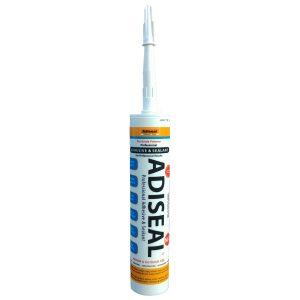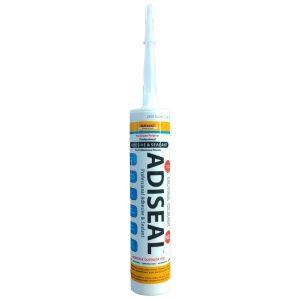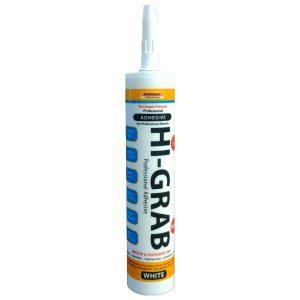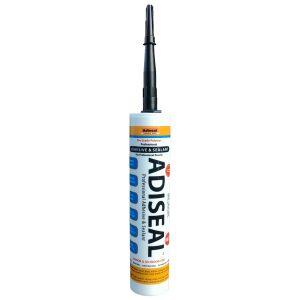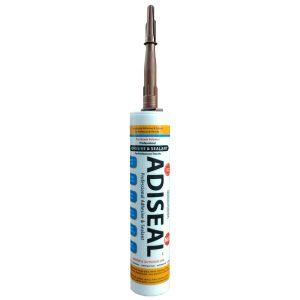Wood to Metal Adhesive
Wood to Metal Adhesive: Guide to Strong and Reliable Bonding
When it comes to joining wood and metal, finding the right adhesive is crucial for achieving a durable and reliable bond. In this article, we will explore the world of wood to metal adhesives and provide insights into the best options available. Discover the key factors to consider when selecting an adhesive, application tips, and the benefits of using adhesives for wood to metal bonding.
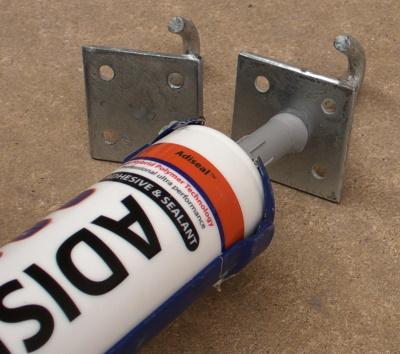
Understanding Wood to Metal Adhesion
Factors to Consider:
– Before selecting a wood to metal adhesive, it’s important to consider the specific requirements of your project, such as the types of wood and metal, the load-bearing capacity, and environmental factors.
– Different adhesives have varying properties and are designed for specific applications, so understanding their characteristics is essential.
Recommended Wood to Metal Adhesive
1. Epoxy Adhesive:
– Epoxy adhesives are known for their exceptional bond strength and versatility.
– They provide excellent adhesion between wood and metal surfaces, ensuring a strong and durable bond.
– Epoxy adhesives also offer resistance to temperature variations and moisture, making them suitable for both indoor and outdoor applications.
2. Polymer & Polyurethane Adhesive:
– Polyurethane adhesives are flexible and offer a strong bond between wood and metal.
– They can withstand vibrations and impact, making them suitable for applications that involve movement or mechanical stress.
– Polymer & Polyurethane adhesives also provide good resistance to water, making them ideal for outdoor projects.
Application Tips for Wood to Metal Bonding
Surface Preparation:
– Ensure that the wood and metal surfaces are clean, dry, and free of any contaminants, such as rust, dirt, or grease.
– Sanding or using a wire brush can help roughen the surfaces slightly, improving adhesion.
Proper Adhesive Application:
– Follow the manufacturer’s instructions regarding the mixing ratios and application techniques for the chosen adhesive.
– Apply the adhesive evenly to both surfaces using a brush, roller, or applicator, ensuring full coverage.
Curing Time and Bond Strength:
– Allow the adhesive to cure for the recommended time specified by the manufacturer before subjecting the bonded wood and metal to any stress or load.
– Keep in mind that the bond strength may continue to increase over time, so it’s essential to allow sufficient curing time.
Conclusion
Selecting the right wood to metal adhesive is crucial for achieving a strong and reliable bond. Epoxy, polymer and polyurethane adhesives are highly recommended options due to their excellent bond strength and versatility. Remember to consider the specific requirements of your project, prepare the surfaces properly, and follow the manufacturer’s instructions for optimal results. With the right adhesive and proper application techniques, you can create durable and long-lasting bonds between wood and metal, ensuring the success of your woodworking and metalworking projects.
Showing all 6 resultsSorted by popularity
